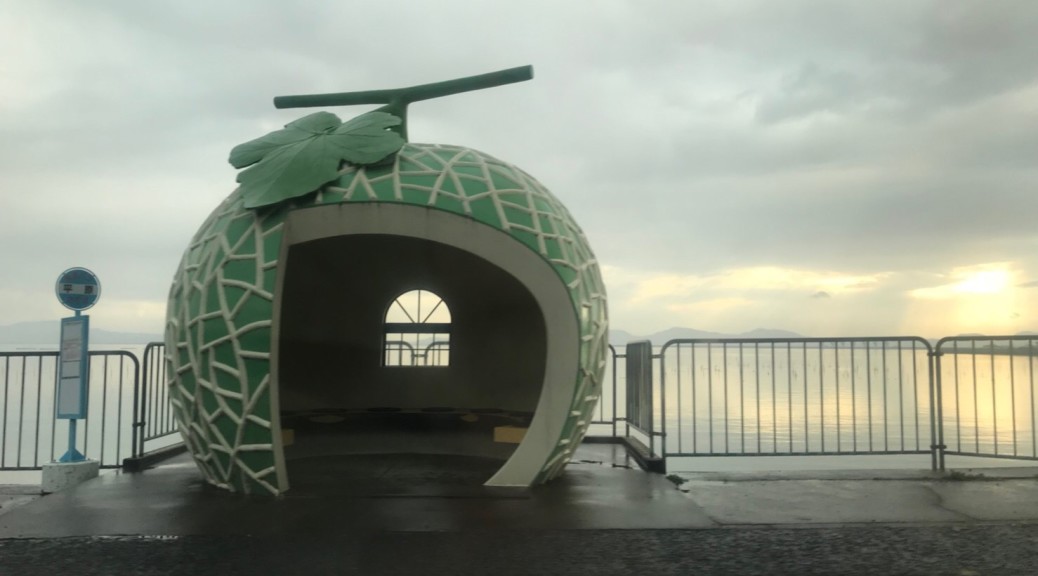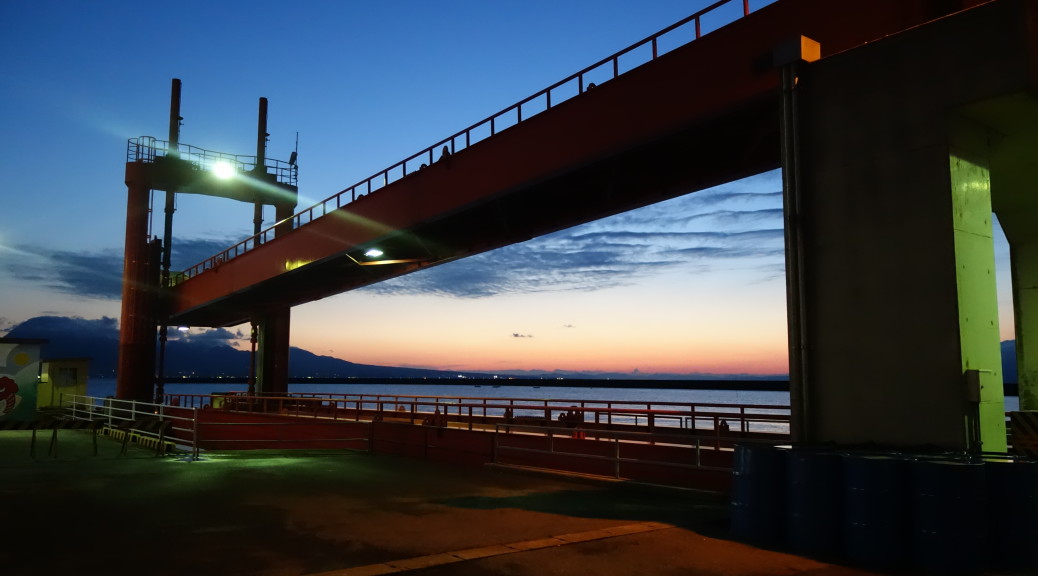A visit around the island of Kyushu in Japan is a trip not to be missed, and it is a journey that can easily be made by car if you have the opportunity to drive when visiting the land of the rising sun.
Nagasaki, located in the west corner of the island of Kyushu, is famous for the devastation of years gone by from the nuclear bomb that had been dropped on the city during the war; but it today is more famous for its stunning food, diverse people and culture and impressive history, with the city being one of the few places in Japan that foreigners were allowed to visit many hundreds of years ago.
Saga is perhaps the quietest prefecture within Kyushu, but it is also not to be missed with some stunning historic places to visit, such as one of Japan’s most famous three temples.

A trip to Nagasaki will likely start out with a flight into the airport. Note, that the airport is quite some distance away from the city centre (approximately 45 minutes drive), but there is ample opportunity to secure a hire car at the airport if necessary.
The Nagasaki city centre has dozens of impressive sights and sounds to see. Perhaps the most famous spot to drive to would be a visit to Mount Inasa, one of Japan’s most famous night views and an easy trek of a few kilometres to the top from the city centre.

Nagasaki and Saga are also famous for their onsen (hot spring baths), and the opportunity to try one should not be missed. Perhaps the area’s most famous onsen spot is Unzen or Ureshino, but places such as Obama on the Saga coast also provide plenty of options.
Places of note to visit (other than Takeo Onsen) include Sakura-mon, Takeo City Library and also the stunning 3000 year old tree next to the city library makes for a quick viewing opportunity.
From Takeo, the next port of call should be on the east coast of Nagasaki and Saga, to stop off at Yutoku Inari Shrine, a famous religious landmark in Japan. The Yutoku Inari Shrine is located very close to Kashima, which offers some dining options but perhaps the best place to eat would be a little further down the coast south of Kashima, where you can eat fresh seafood and in some places can even cook this yourself on a BBQ.

Also keep a look out for the 16 famous fruit bus stops along the journey! Definitely a fun spot to take a picture or two.

Along the way there are plenty of spots to stay for the night, but Unzen does have some rather lovely hotels.
Finishing your trip at Unzen will also leave you only an hour or so out away from Nagasaki airport when it is time to return home.
Nagasaki and Saga are definitely worth visiting if you have a long trip to Japan and are also a pleasant drive, too.





